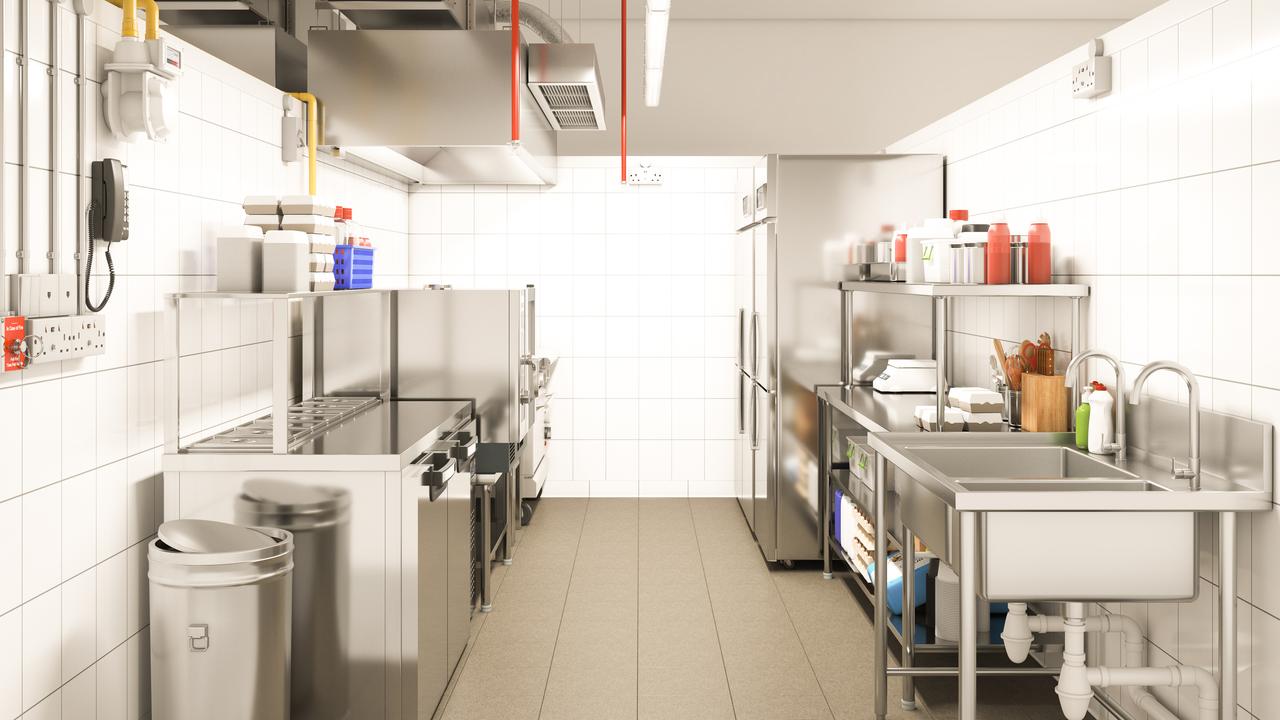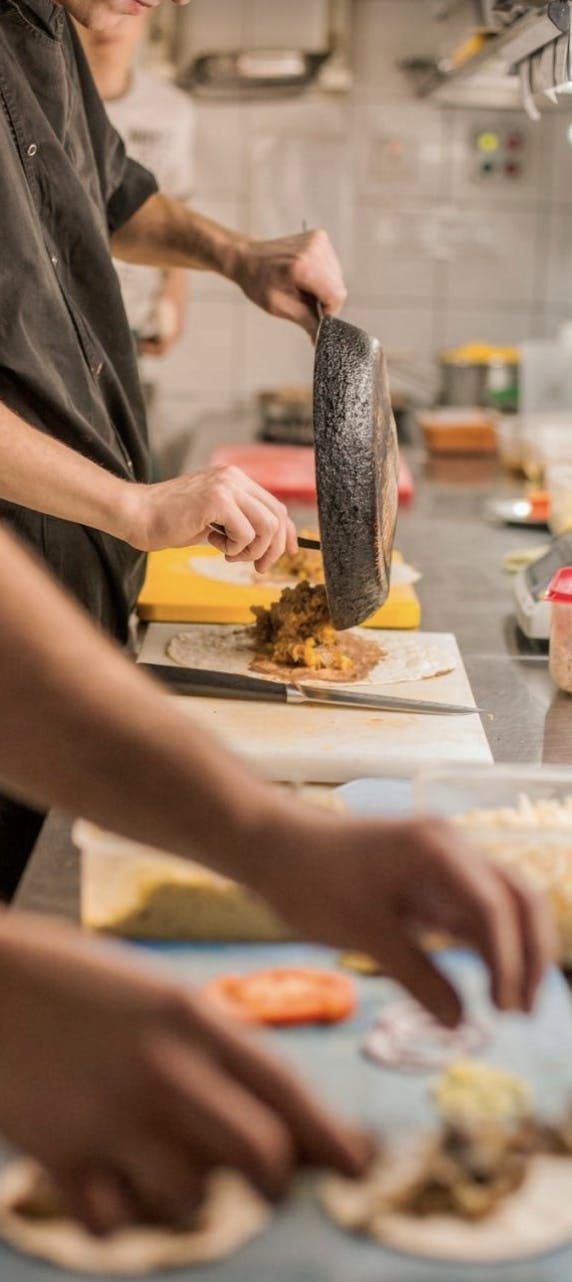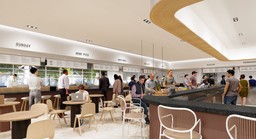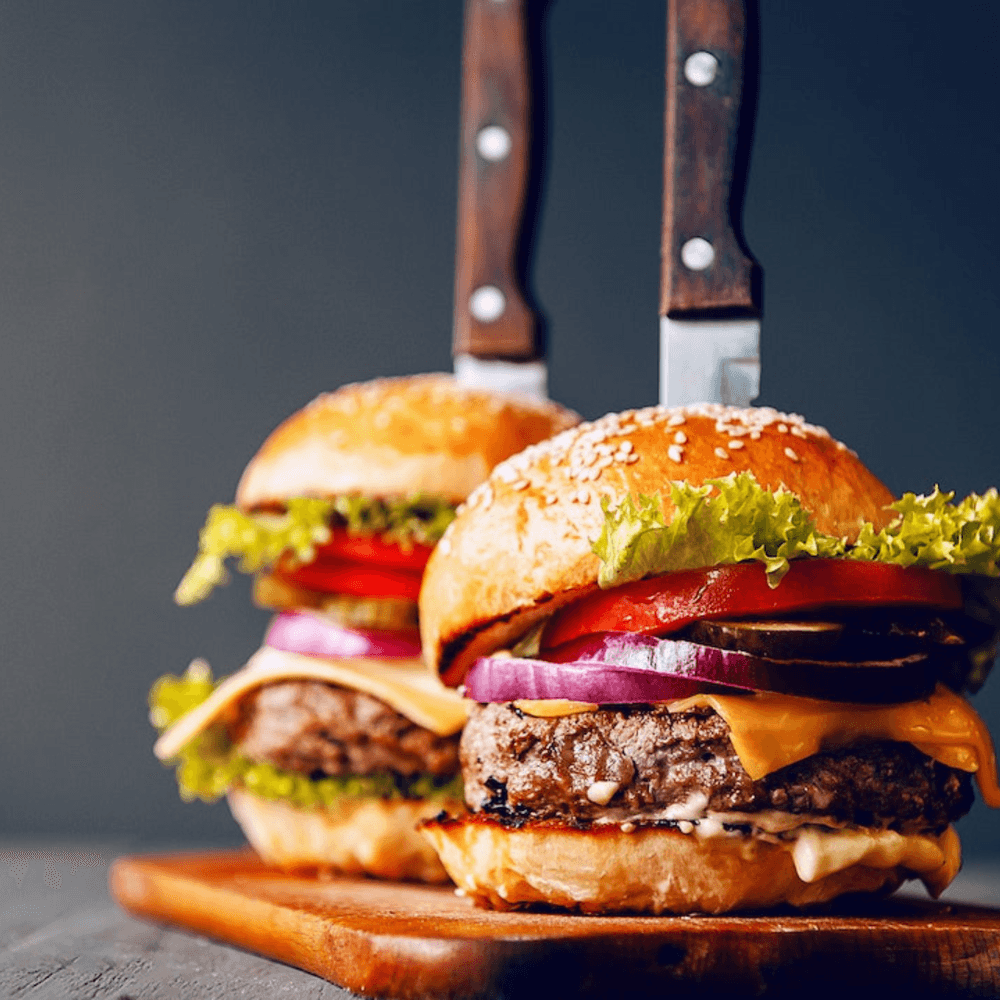Your Guide to Choosing the Best Ghost Kitchen Model
Table of Contents
CloudKitchens
How many tacos can be delivered from a 1000sqft restaurant?
The same amount as a 200sqft ghost kitchen.

Ghost kitchens may once have seemed like something in the distant future, a science fiction concept that brings customers extraordinary restaurant-quality food without waitstaff or vinyl seating. But ghost kitchens are popping up everywhere and changing the way we think about the traditional restaurant business model, food prep, and delivery.
Almost two-thirds of people (63%) say they prefer online food delivery over dining out—and ghost kitchens make it even easier to reach that 63%.
If you’re wondering how to start a ghost kitchen, it’s important to consider the many different business models and how each one fits (or doesn’t fit) with your company’s composition and goals. We’ll break down everything you need to know about each ghost kitchen model to help you make an informed decision about your future business endeavor.
What are the different ghost kitchen business models?
So, what are ghost kitchens? All ghost kitchens (AKA virtual kitchens and dark kitchens) are relatively similar in concept: a facility that cooks but doesn’t serve food in a digital space. With a new ghost kitchen concept, owners won’t serve customers in a physical location. Rather, restaurant owners will foster more of a digital presence, online ordering, and have their food delivered directly to customers’ doorsteps. However, the specifics of such a delivery kitchen can vary quite a lot from one ghost restaurant business model to another.
To that end, there are three different distinctions to be made when defining a ghost kitchen’s business model: ownership, origin, and structure.
- Ownership: A ghost kitchen is either owned independently by the operating restaurant itself or by a third-party service that rents out dark kitchens to chefs and business owners.
- Origin: Some brick-and-mortar restaurants are so popular that the owners open offshoot delivery-only locations to accommodate more guests, more orders, and more locations. Others pop up as delivery hubs from the beginning, forgoing the operational difficulties of a dine-in restaurant altogether.
- Structure: Maybe you have the kitchen all to yourself, you split it with a few other independent restaurant owners, or you work in tandem under an umbrella company, sharing kitchen equipment and even certain prep stations. You might start a centralized, one-off location that handles everything in-house, or you could create a larger hub-and-spoke system with prep kitchens and fulfillment centers.
| Business model types | Types Breakdown |
|---|---|
| Owned | 1. Restaurant-owned locations 2. Third-party, commercial-grade kitchens |
| Origin | 1. Offshoot locations, building on existing businesses 2. Delivery-first and delivery-only |
| Structure | 1. Private kitchens 2. Shared facilities 3. Hub-and-spoke operations |
Each ghost kitchen business is made up of an ownership arrangement, an origin, and an operational structure to create many unique combinations.
1. Ghost kitchen business models by ownership
Are you looking to either make it, strike out all on your own, or get some help on your way to the top? The amount of upfront capital, hard work, and potential risk is drastically different between independent and third-party kitchens.
1a. Restaurant-owned locations
Independently owned ghost kitchens are the most similar to brick-and-mortar restaurants in that restaurateurs still face the hurdles of finding the right property, renovating it appropriately, staffing, and maintaining it, not to mention putting up the cash for all of that and more.
To offset the financial risk associated with opening your very own ghost kitchen, you’ll want a business model that has:
- Relatively low startup costs as it pertains to specialized equipment, large-scale renovations and overhauls, and staffing needs.
- Manageable operational costs, especially in the early days before you start to turn a profit.
- The ability to start small and scale as needed, whether that’s all at once as the business takes off or slowly over time.
As the owners and operators of the business, you’ll succeed or fail by keeping overhead costs low and, naturally, order volume high. Building buzz around the business’ launch will ensure a successful kickoff and help you recuperate upfront costs more quickly, leading to a more sustainable business venture.
1b. Third-party, commercial-grade kitchens

Would you rather skip the property hunt, the upfront capital investment, the massive risk, and the major headache? Pretty hard to say no to a turn-key solution, right?
By operating out of an existing commercial-grade kitchen, your business model becomes much simpler. Most factors are already taken care of and included in your rent, including:
- Maintenance
- Certain staff members
- Delivery or order fulfillment assistance
- Integrated technology
- Utilities
With this refined ghost kitchen business model, your operation as a restaurant owner thrives simply based on how many orders you complete each day and the associated profit margin. You have slightly less control over the minute details associated with your virtual restaurant business, but you also have a lot less stress. These highly scalable dark kitchen businesses have scalable overhead costs, too, meaning you don’t waste money while you’re waiting to earn traction and turn a profit.
Third-party rental kitchens are especially lucrative in high-rent neighborhoods where you can both skip the mortgage and benefit from affluent communities willing to pay a pretty penny for your restaurant-quality meals.
2. Ghost Kitchen business models by origin
Every business has an origin story. In this case, though, it affects more than just the tale you tell about your company—it affects your business model and how you approach your launch.
2a. Offshoot locations, building on existing businesses
Like the spinoff of a successful TV series, offshoot ghost kitchens are delivery-only versions of popular restaurants. They combine the food and drinks you already know and love, the convenience of streamlined delivery, and the low overhead costs that allow restaurant operators and businesses alike to expand into more areas.
These to-go establishments—think Bennigan’s On the Fly or P.F. Changs To Go—are quickly becoming go-to restaurants in their home neighborhoods. Many offer in-store or curbside pickup as well as delivery service, though some only come to you.
With these offshoot kitchens, the business model is practically baked in as you build off the success of your existing restaurant brand using all the same infrastructure, marketing channels, menu items, and most likely, capital. In fact, without a successful food business as your foundation, there’s nothing to shoot off from.
However, thriving local businesses may opt for a delivery-only location to accompany their existing brick-and-mortar location, even without the large-scale cross-country following. In this case, third-party kitchens can ease the transition as you limit the requisite startup costs while still expanding your reach.
2b. Delivery-first and delivery-only

Skip the brick-and-mortar location altogether and jump straight into the action with a delivery-only ghost kitchen. Whether you’re opening your own location using raised capital or moving into existing kitchen space, your upfront investment will still be more manageable than creating a brand-new, fully operational dine-in restaurant.
That’s because your business model can leave out costly expenses like:
- Front-of-house staff, including hosts and servers
- Furniture in the dining, waiting, and bar areas
- Decor and aesthetic lighting
- Bathroom facilities for guests
- All that extra square footage
To turn a profit efficiently and effectively, you’ll want to focus instead on factors such as:
- Online marketing: A business that lives on delivery apps should be similarly focused on in-app social media marketing to reach new customers. A simple, functional website, well-designed packaging, and an eye-catching logo will all go a long way to building your virtual brand and bringing traffic to your delivery kitchen.
- Name recognition: Without a successful dine-in restaurant paving the way to success, you’ll have to build a buzz in some other way. This business model is well-suited to operations with built-in noteworthiness, whether because of a famous chef leading the charge, a uniquely exciting cuisine, or a special niche that’s previously untapped.
3. Ghost kitchen models by structure
Finally, your virtual kitchen’s operational structure heavily dictates your overarching business model and strategy. Most ghost kitchens can accommodate several brands or teams at once, lowering overall costs, though this isn’t the right choice for every new venture.
3a. Private kitchens
Simple and straightforward, private kitchens are reserved for just your business. These could be independently owned by the restaurant itself or rented singularly from a third-party turn-key kitchen company.
The monthly overhead costs will naturally be higher than if you were to split the facility with others, but you’ll have more space to run your virtual restaurant business, more control over how you manage your operations, and more opportunities to scale as it becomes necessary.
3b. Shared facilities
Just like living with a roommate or going in on a major purchase with a significant other, sharing a ghost kitchen lowers your share of the cost—sometimes significantly, depending on how many brands you’re sharing your space with. Running multiple operations out of one facility is one of the easiest ways to increase your profits.
The exact business model depends on how your facility is shared:
- Split between individual owners: Exemplifying the similarities to sharing an apartment with a roommate, these kitchens are shared evenly by two or more independent owners. The businesses co-exist, but they remain distinct, living in peaceful harmony while sauteing and searing around each other. Your business model will resemble a private kitchen but with lower overall costs for each business.
- Shared by a multi-brand conglomerate: More like the landlord of a rental building, these facilities are operated by one restaurateur or company that delivers multiple food brands or cuisine styles from their central kitchen. Each brand is its own entity but is closely related to those with which it shares the space, and may even share line cooks, prep stations, and ingredients for enhanced productivity and profitability.
3c. Hub-and-spoke operations
Like the wheel of a bicycle, hub and spoke business models have one centralized hub that prepares most of the food and several smaller “spoke” locations that finish the meals, assemble the orders, and facilitate pickup and delivery, bringing the mostly prepared food closer to each target neighborhood for quick deliveries and widespread distribution.
In some cases, the “spoke” is a food truck or an entire fleet of them, as trucks have limited prep space compared to a fully functioning commercial kitchen.
This business model works best with larger operations able to sustain multiple locations from the beginning. While it’s certainly possible to expand a hub-and-spoke ghost kitchen model, the initial startup is more daunting and more involved than single, catch-all locations, like dark kitchens and shared spaces.
Turn a profit with CloudKitchens
Between the significantly reduced startup costs, shorter timeline to break even, and convenient alternatives to most major restaurant requirements, licensing a third-party, commercial-grade kitchen has an impressive list of benefits.
With CloudKitchens, your business plan just got a whole lot simpler:
- Access to a large kitchen space in an area with plenty of food delivery traffic
- Start cooking
- See profits
Whether you’re a small business owner just starting out, a local restaurateur trying something new, or a beloved chain bringing your food to more people, we can help put your CloudKitchen business plan in motion—you just have to follow the recipe. Learn more about CloudKitchens and book a ghost kitchen tour today.
Ready to open a restaurant? Tour a CloudKitchens facility today!
We have various locations available, whether you’re looking for a commercial kitchen in San Antonio or a ghost kitchen in Austin, Toronto, New Jersey, and more. Reach out to find the location nearest you!
Explore ghost kitchen locations across the US:
- Ghost kitchens in San Francisco
- Ghost kitchens in LA
- Ghost kitchens in NYC
- Ghost Kitchens in Toronto
- Ghost Kitchens in Atlanta
- Ghost Kitchens in Dallas
- Ghost Kitchens in Chicago
- Ghost Kitchens in Denver
- Ghost Kitchens in Miami
| DISCLAIMER: This information is provided for general informational purposes only and the content does not constitute an endorsement. CloudKitchens does not warrant the accuracy or completeness of any information, text, images/graphics, links, or other content contained within the blog content. We recommend that you consult with financial, legal, and business professionals for advice specific to your situation. |
Sources:
https://beambox.com/townsquare/food-delivery-service-statistics
More insights & stories
There’s more where that came from.
Get in the know and check out our additional insights





